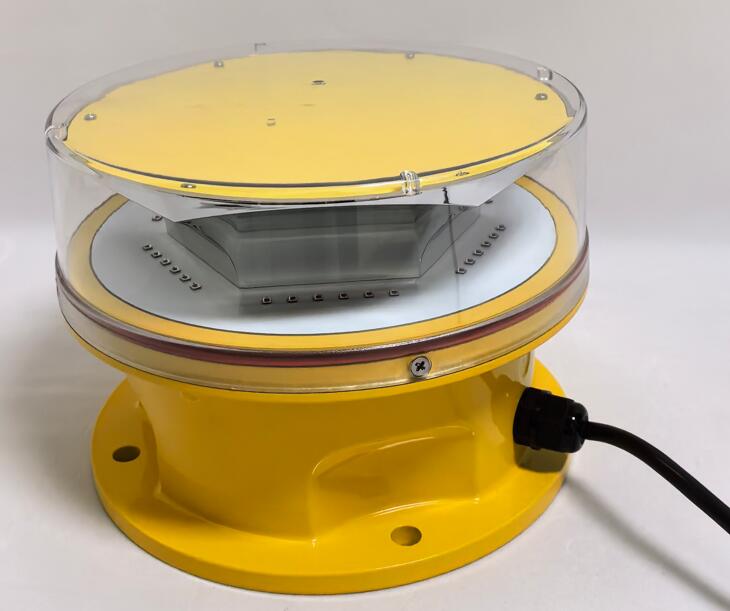Posted: 2025-05-09
Aviation red light serves as a universal warning signal in the aerospace industry, ensuring safety for both airborne and ground operations. From obstruction markers to anti-collision beacons, these lights are vital for preventing accidents and guiding pilots in low-visibility conditions. This article explores the applications, technological advancements, and regulatory standards surrounding aviation red light systems.
Key Applications of Aviation Red Light
One of the most critical uses of aviation red light is in marking tall structures such as communication towers, wind turbines, and skyscrapers. These lights help pilots identify potential hazards, especially at night or in poor weather. Steady or flashing red beacons ensure that obstacles remain visible from long distances.
2. Aircraft Anti-Collision Beacons
All commercial and military aircraft are equipped with aviation red light as part of their anti-collision systems. These flashing beacons, often located on the fuselage and tail, enhance visibility to other aircraft, reducing mid-air collision risks.

3. Runway Status Indicators
At some airports, aviation red light is used to signal runway closures or hazardous conditions. When a runway is unsafe for landing or takeoff, illuminated red lights alert pilots to avoid it, preventing accidents.
4. Helicopter and VTOL Operations
Helicopters and vertical takeoff and landing (VTOL) aircraft rely on aviation red light for safe operations in urban environments. Rooftop helipads often use red perimeter lighting to guide pilots during approach and landing.
| Aviation Red Light |
Technological Innovations in Aviation Red Light
1. Transition to LED Technology
Traditional incandescent and halogen aviation red lights are being replaced by energy-efficient LEDs. These lights offer brighter illumination, longer lifespan, and lower power consumption, making them ideal for continuous operation.
2. Synchronized Flashing Systems
Modern aviation red light systems can synchronize flashes across multiple beacons, improving visibility and reducing pilot confusion. This is particularly useful for marking large structures like wind farms or bridge cables.
3. Solar-Powered Solutions
Remote and off-grid installations benefit from solar-powered aviation red light systems. These eliminate the need for external power sources while maintaining reliability in harsh environments.
| Aviation Red Lights |
4. Smart Monitoring and Control
Advanced aviation red light systems now incorporate remote diagnostics and automated fault detection. Maintenance crews receive real-time alerts if a light malfunctions, ensuring uninterrupted operation.
Regulatory Standards for Aviation Red Light
To maintain global consistency, aviation red light systems must comply with strict regulations set by organizations such as:
ICAO (International Civil Aviation Organization) – Defines intensity, flash patterns, and placement.
FAA (Federal Aviation Administration) – Specifies requirements for obstruction lighting in the U.S.
EASA (European Union Aviation Safety Agency) – Ensures compliance across European airspace.
These standards ensure that aviation red light remains universally recognizable, minimizing risks for pilots worldwide.
Future Trends in Aviation Red Light Systems
Emerging technologies are set to enhance aviation red light further:
Adaptive Lighting: Systems that adjust brightness based on ambient conditions.
Wireless Connectivity: Integration with air traffic control for dynamic hazard warnings.
Enhanced Durability: New materials to withstand extreme weather and UV exposure.
Aviation red light is a cornerstone of flight safety, preventing collisions and guiding pilots in critical situations. With advancements in LED technology, smart monitoring, and renewable energy, these systems are becoming more efficient and reliable. As air traffic grows, the role of aviation red light will remain indispensable in safeguarding the skies.